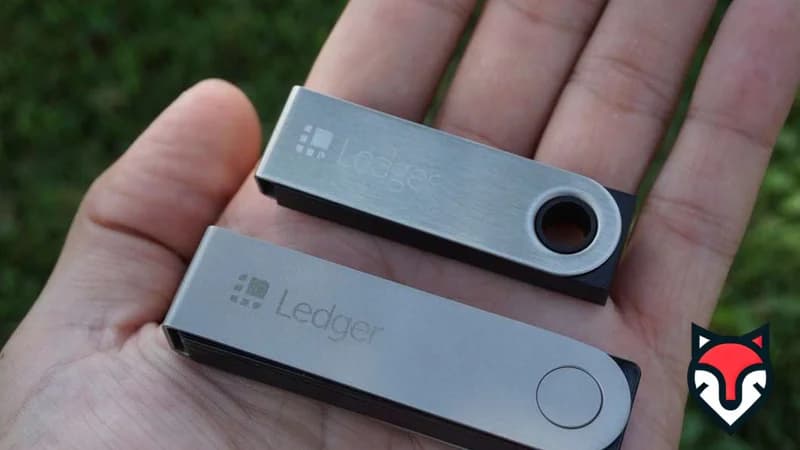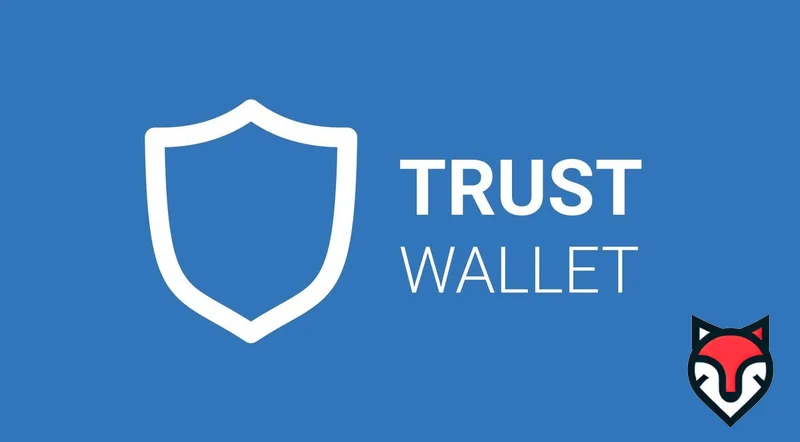Suggested
News
Last updated: Friday, March 28, 2025

Hedera HBAR Review 2025 - Powering the Future with Public DLT
As of March 28, 2025, Hedera (HBAR) stands out as a pioneering public distributed ledger technology (DLT) network, redefining how decentralized systems operate. Unlike traditional blockchains, Hedera uses the hashgraph consensus algorithm to deliver exceptional speed, security, and efficiency. Developed by Hedera Hashgraph, LLC, and governed by a council of global enterprises, this Layer 1 network is tailored for real-world applications. This review by cryptostats.xyz dives into its ecosystem, founders, community, price trends, competitors, and future potential.
Ecosystem and Technology
Hedera’s hashgraph achieves 10,000+ transactions per second (TPS) with finality in 3-5 seconds, far surpassing many blockchains. Its proof-of-stake (PoS) model ensures energy efficiency—carbon-negative per UCL studies—while supporting over 1.5M daily transactions (X posts). The ecosystem includes DeFi platforms like SaucerSwap ($500M TVL, Messari Q4 2024), alongside native tokenization and smart contracts in Solidity. The Walrus storage launch (March 2025) enhances its appeal for NFTs and enterprise use cases like supply chain tracking.
Founders and Governance
Founded in 2018 by Dr. Leemon Baird and Mance Harmon, Hedera leverages Baird’s hashgraph invention for asynchronous Byzantine Fault Tolerance (aBFT). The Hedera Governing Council—featuring Google, IBM, and Boeing—ensures decentralized oversight, though its permissioned nodes spark debate. Plans to transition to a fully permissionless network by 2026 aim to address this (Hedera whitepaper).

Community and Adoption
Hedera’s community thrives with 1M+ social followers and developers building 200+ dApps. Partnerships with Hitachi (Web3 tools, CoinGape) and the Institute of International Finance (X sentiment) signal enterprise trust. The $10M supply chain deal (X, March 2025) and HIP-991’s revenue tools for developers (Hedera blog) underscore its practical utility.
Price and Competitors
HBAR sits at $0.27 (CoinMarketCap, March 27), up 367% in Q4 2024 (Messari), though below its $0.57 ATH. Forecasts range from $0.44-$1 by year-end (DigitalCoinPrice). Hedera competes with Ethereum (smart contract leader), Solana (speed-focused), and Ripple (payment-centric). Its $0.0001 fees and stability outshine Solana’s outages and Ethereum’s costs.
Future Outlook
Hedera’s roadmap includes permissionless nodes and stablecoin tools like Stablecoin Studio (CoinGape). With $1B micropayment projections (X) and FedNow integration via Dropp (CoinGape), HBAR could hit $5 by 2030 (LiteFinance) if adoption scales. Regulatory clarity remains key.
Conclusion
Hedera’s blend of speed, governance, and sustainability makes it a 2025 DLT standout. Learn more at cryptostats.xyz. Will HBAR lead the public ledger revolution?
Related Articles
- Bluesky: The Decentralized Social Network Shaping the Future of Crypto and Web3
- Crypto and AI Beyond Trading: Transforming Education, Governance, and Society
- Quantum Computing Threat to Crypto: Encryption Risks and Solutions in 2025
- Interoperability: How Polkadot and Cosmos Connect Blockchains in 2025
- Bitcoin Rebounds Strongly in 2025 Thanks to Trump’s Crypto Policies
- Bybit’s Response to the $1.5 Billion Hack: A One-Year Recovery Plan Unveiled
- Interpol Red Notice Targets Crypto Founder: A Spotlight on Legal Gaps in 2025
- New Blockchain Technologies in 2025: Modular and Parallel Innovations
- Synthetic Assets: Tokenized Derivatives and Top Projects in 2025
- Pi Network Listing on Reputable Exchanges: A Game-Changer in 2025





